
This spring break, try to get outside and spend some time with your family by having a mouth-healthy picnic! Here are some picnic “must haves” that taste great and help keep your mouth healthy!
Celery, Carrots and Raw Bell Pepper
Raw vegetables like carrots, celery and bell pepper are excellent dipping alternatives to unhealthy chips and crackers. Starchy carbs like potato chips and crackers can stick to your teeth and cause unhealthy acid buildup which can lead to cavities. Fibrous vegetables like celery can actually clean your teeth as you eat! So choose vegetables instead of chips, they are better for your overall health, and won’t stick to your teeth like starchy carbs typically used as dippers.

Greek Yogurt
Yogurt is a fun snack that can serve as a dessert or a base for other tasty treats. When searching for the most healthy yogurt, we suggest going for non-fat Greek yogurt, which contains significantly less fat and sugar than other yogurt. Yogurt contains calcium and protein, both of which help strengthen tooth enamel and protect against cavities.
Yogurt also helps boost gum health. In fact, A Japanese study of 1,000 adults revealed that the healthiest gums were found in those who ate the most yogurt. The good bacteria found in yogurt help to slow the growth of cavity-causing bacteria.
Protip: boost your yogurt by adding some blueberries or strawberries for anti-oxidants and more fiber.
Cheese Plate
Cheese is a dental super food. It is high in calcium, which strengthens teeth, and also contains casein, a protein that helps protect the surface of your teeth. Cheese also stimulates saliva production, which helps rid teeth of bad bacteria that can lead to cavities. Try packing a few different cheeses for your picnic to get a good variety. We suggest a sharp cheddar, gruyere, swiss cheese and bleu. You’ll get a variety of flavors to choose from, and added dental benefits!

Apples
Apples are high in water and fiber, which stimulates gums and saliva production. In fact, the fibrous nature of apples helps scrub teeth as they are eaten. We suggest using fresh apple slices as a healthy dessert at the end of your picnic to satisfy your sweet tooth, and help scrub any leftover debris from between your teeth.

Bring Water
Water is one of the best tools we have in keeping our mouths clean, especially fluoridated water, which helps make teeth more resistant to acidic foods. When preparing a picnic, grab a water bottle instead of juice or soda. Also, you can swish water around after you’re done eating to help keep your mouth clean. Swishing water helps remove debris caught in your teeth that can lead to enamel loss and acid buildup.

Freshen Up with Xylitol Gum
It can be difficult to bring a toothbrush to a picnic, so we suggest packing some gum sweetened with Xylitol to help clean up after your picnic. Xylitol is a naturally occurring sweetener that fights cavities by encouraging immediate saliva production. Saliva cleans teeth of debris, and restores the oral Ph balance to a healthy level.
Eat More Mouth-Healthy Foods
If you’re concerned about your child’s diet, and think that it may be affecting their teeth, then visit our office. We will work with you and discuss mouth-healthy foods that promote beautiful, healthy smiles. We will also work with you to find the treatment plan that best suits your child’s needs for better oral health.


 February is National Children’s Dental Health Month, and the theme this year is “Choose Tap Water for a Sparkling Smile.” National Children’s Dental Health Month is organized by the American Dental Association (ADA), and brings together dental professionals, healthcare providers and educators to promote the benefits of oral health to children. Tooth decay is the most prevalent – and preventable – disease in children, but drinking more tap water can help prevent cavities. Drinking more water has a number of practical benefits which help improve oral health.
February is National Children’s Dental Health Month, and the theme this year is “Choose Tap Water for a Sparkling Smile.” National Children’s Dental Health Month is organized by the American Dental Association (ADA), and brings together dental professionals, healthcare providers and educators to promote the benefits of oral health to children. Tooth decay is the most prevalent – and preventable – disease in children, but drinking more tap water can help prevent cavities. Drinking more water has a number of practical benefits which help improve oral health.



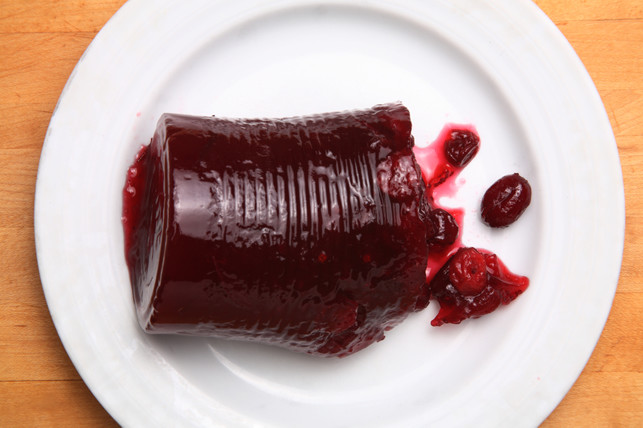




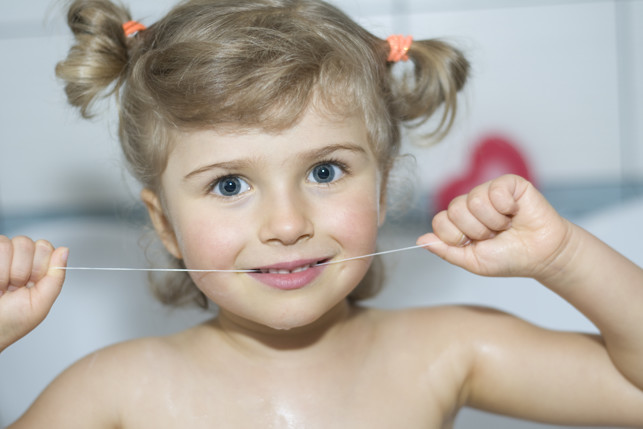 New Flossing Routine
New Flossing Routine
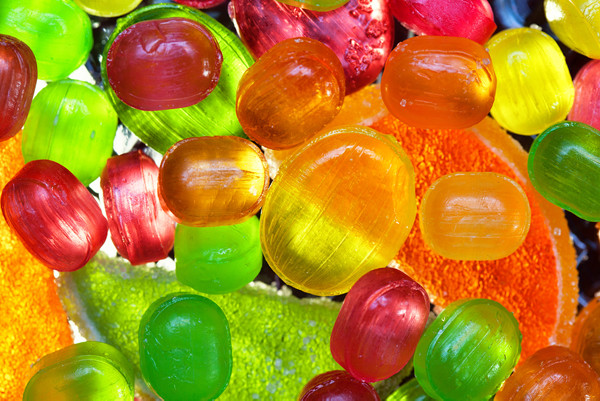
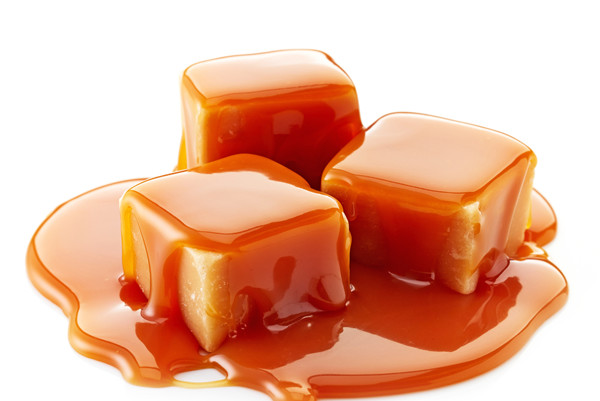

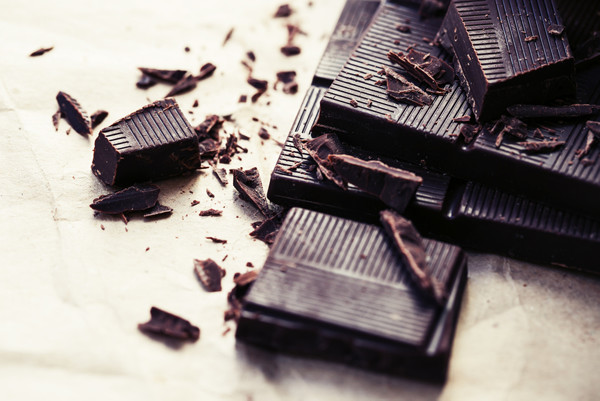
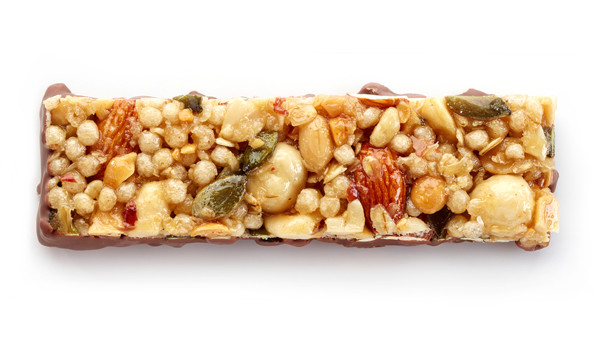

 Did you know that dental floss used to be made of silk thread? Or, that toothbrushes used to be made of bone and horse hair? Oral health care has a long and weird history that stretches back to ancient cultures and includes numerous ingredients and tools that have helped carve the path for modern dentistry. Today, we look at the origins of toothpaste and how it has evolved into the product we know today.
Did you know that dental floss used to be made of silk thread? Or, that toothbrushes used to be made of bone and horse hair? Oral health care has a long and weird history that stretches back to ancient cultures and includes numerous ingredients and tools that have helped carve the path for modern dentistry. Today, we look at the origins of toothpaste and how it has evolved into the product we know today.